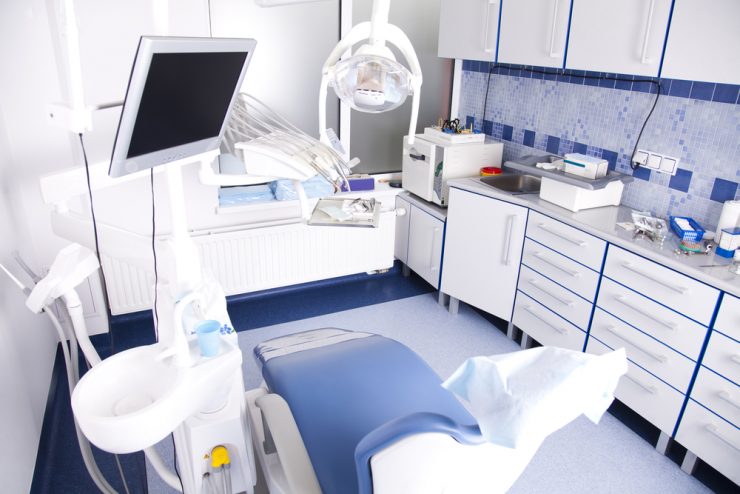Bedsores occur when pressure on the skin damages the skin and the muscle beneath it. It can affect the bone too, due to severity. Bedridden people develop bedsores. Bedsores are known as pressure ulcers or pressure sores. Bedsores affect old people more. With best medical attention also, this is not preventable for some people. Bed sores affect mildly in some cases and some times it goes up to blood infection or even death of tissues. Therefore, in severe cases it may require surgical treatment. To avoid these risks, special dressings and equipment are used. Changing the positions regularly will also help. Use of antibiotics, nutritious food and careful cleaning could reduce the severity of bedsores.
What are the causes of bedsores
It occurs when blood supply is affected due to sustained pressure. Therefore, the tissues do not get proper oxygen and nutrition. These tissues suffer damage and die consequently. This causes bedsore. People who are active with movements do not suffer of this problem. They get proper blood supply for all the parts of their bodies. Even while sleeping, involuntary position changes happen. For bedridden people, even a few hours are sufficient for development of bedsores. Three main types of pressures that cause bedsore are, interface pressure, shear and friction. Besides these, moisture also irritates the skin, resulting in bedsores. The risk factors associated with pressure ulcers are immobility, numbness, incontinence, nutrition deficiency, overweight, smoking habit, affected blood supply system, muscle loss, old age, and muscle stiffness.
Where the bedsores occur in patients
The symptoms develop depending on the sitting or lying position. Generally, the projected parts of the body such as breast, elbows, shoulders, ears are prone to bedsores, for a bed-bound person. The wheelchair users may have it at buttocks, tailbone, the back portions of shoulders, arms and legs and the spine too. The severity of the bedsore is categorised into four grades.
How bedsores are diagnosed
The doctors diagnose this through visual examination. They give more importance for risk assessment, so that they can prevent certain developments. They may order blood test for knowing about the general health and urine test for finding out any urinary tract infection. People who are not staying in hospital can assess by themselves. They should check for discolouration of the skin or patches for toughness. They should consult their doctors once they notice any such symptoms.
How bedsores are treated
Due to the complexity, a team of health professionals of various disciplines treat them. They change your position regularly. They assess the risk factors for any developments of bedsores. They train you to sit and lie in correct positions and to change the positions. They train on using any special equipment, if needed. They ensure placing you on specially designed beds. They use special bandages and dressings for quick recovery.
They use topical medicines such as ointments and antibiotics for curing infections. They plan and provide nutritious food that your health requires. They removed the dead tissues from the body by using techniques such as debridement, cleansing and pressure irrigation, by using ultra-sound waves and laser beams. They use maggot therapy to fight infection. They resort to surgical treatment if the bedsores are of developed grades, for sealing the wound and preventing further damages to the tissues.
Can we prevent bedsores
You can prevent pressure ulcers by changing the position regularly. To prevent skin damage you can take nutritious food. You can stop smoking to maintain sufficient oxygen level in your blood, which in turn prevents pressure ulcers.











